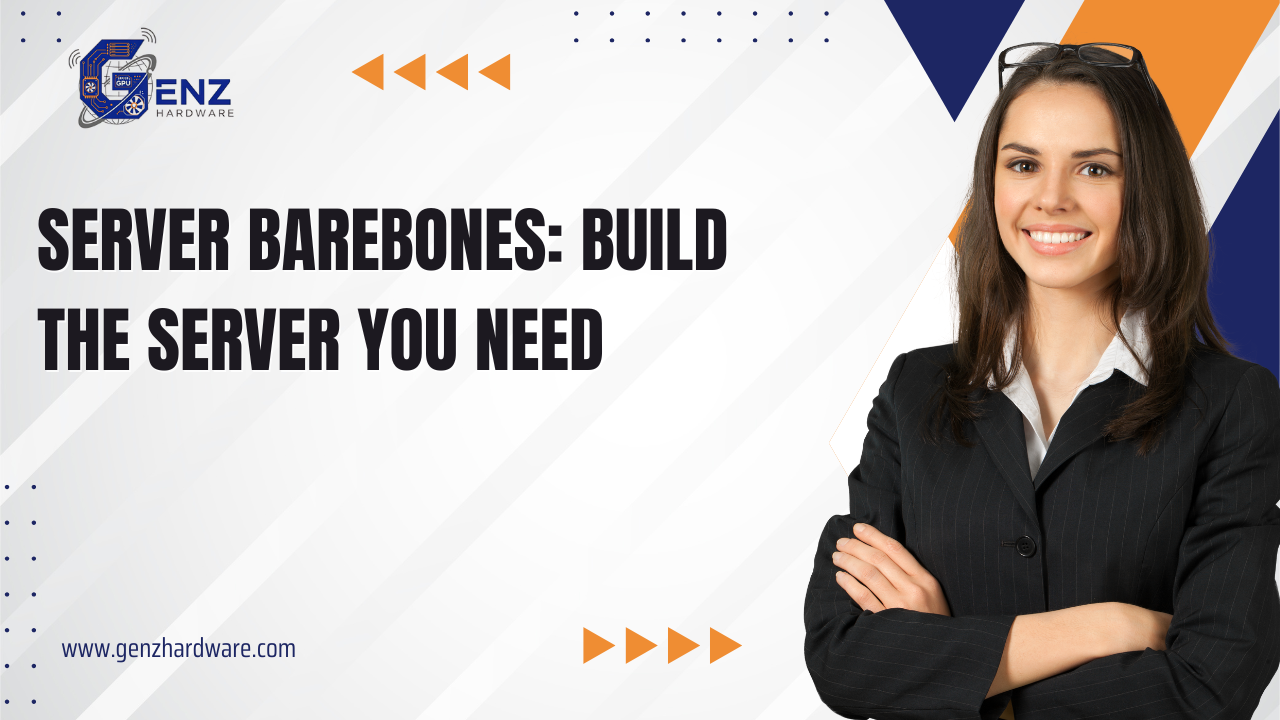
Server Barebones: Flexible Foundations for Custom IT Solutions
When it comes to building a server tailored to your exact needs, server barebones are the perfect starting point. A barebones server is a partially assembled system that includes the basic components, allowing IT teams to add or customize the rest according to their requirements.
What Is a Barebones Server?
A barebones server typically includes:
-
A chassis (server case)
-
Motherboard
-
Power supply
-
Cooling system
Unlike fully configured servers, barebones systems let you choose your own CPU, memory, storage drives, and expansion cards, giving you complete control over performance and cost.
Key Benefits of Server Barebones:
-
Customization: Tailor hardware configurations to specific workloads.
-
Cost Efficiency: Avoid paying for unnecessary pre-installed components.
-
Scalability: Add resources like memory and storage as business needs grow.
-
Flexibility: Support a wide range of processors, RAID cards, and networking modules.
-
Performance Optimization: Match the build to specialized workloads (databases, virtualization, storage, etc.).
Use Cases of Barebones Servers:
-
Startups & SMBs: Affordable entry point into server infrastructure.
-
Enterprises: For building custom servers optimized for heavy applications.
-
Data Centers: To design scalable, workload-specific clusters.
-
IT Enthusiasts & Developers: Ideal for learning and experimenting with server setups.
Barebones Servers vs. Pre-Built Servers:
-
Barebones Servers: More flexible, customizable, and budget-friendly but require technical expertise.
-
Pre-Built Servers: Ready to deploy quickly but may include unnecessary features and higher costs.
Conclusion:
Server barebones provide the flexibility, scalability, and cost control needed for modern IT infrastructures. Whether for startups seeking affordable servers or enterprises designing powerful custom systems, barebones servers are the foundation for building the right solution.








